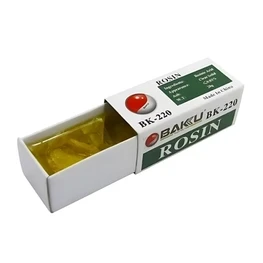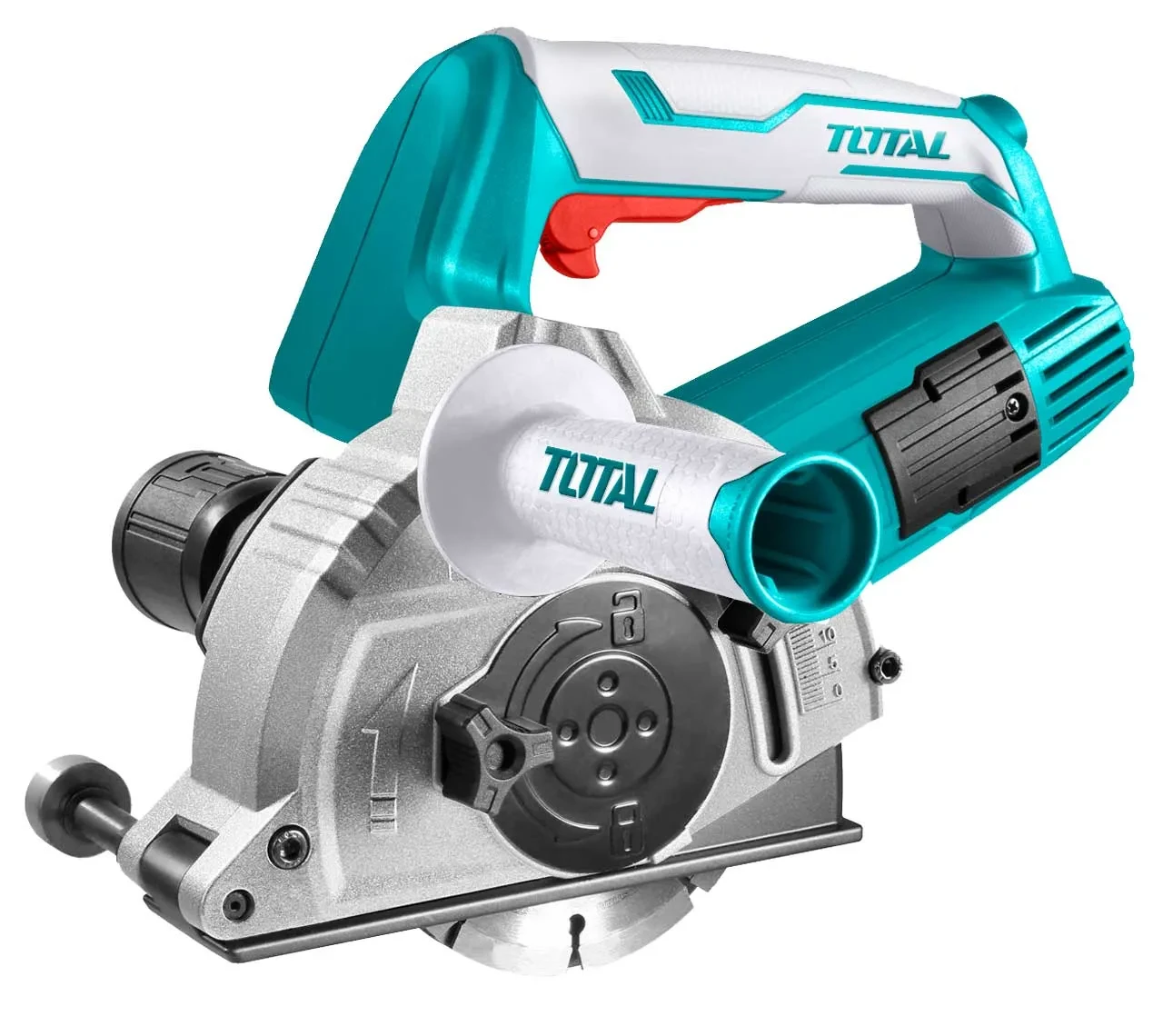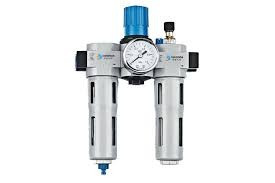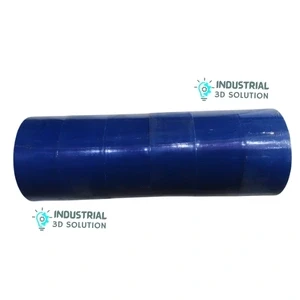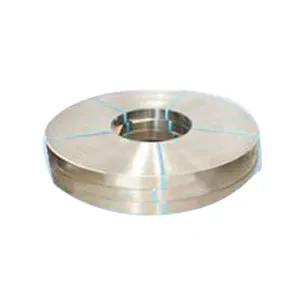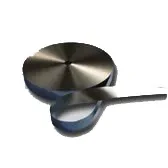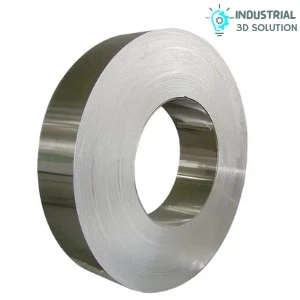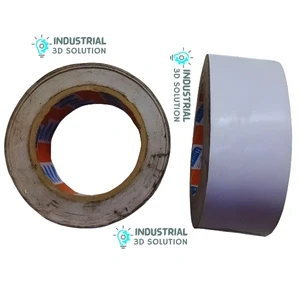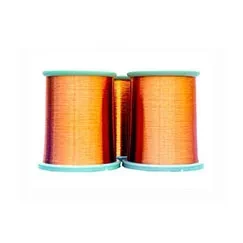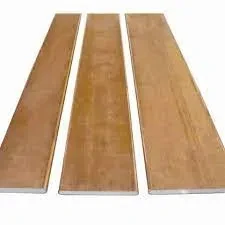

Transformer Oil Duct Stick
Inhouse product
Request for Quote
-
৳12,300.00
৳13,500.00
Reviews & Ratings
The transformer oil duct stick is a critical component used in power and distribution transformers to ensure proper oil circulation, thermal regulation, and structural support within the winding assembly. Designed for high electrical and thermal performance, it promotes efficient cooling, reduces hot spots, and enhances the overall reliability and longevity of transformers.
Manufactured from high-density pressboard or epoxy resin-bonded paper, the duct stick is engineered to withstand high temperatures and continuous electrical stress. It maintains its mechanical integrity even in oil-immersed environments, making it ideal for use in a wide range of transformer designs.
features:
-
Superior thermal conductivity for efficient heat dissipation
-
Promotes consistent transformer oil flow and cooling performance
-
High dielectric strength for insulation reliability in high-voltage environments
-
Excellent compressive strength and dimensional stability
-
Resistant to transformer oil and moisture absorption
-
Available in multiple sizes and shapes to meet specific design requirements
Technical specifications:
-
Material: High-density pressboard or epoxy resin-bonded paper
-
Dimensions: Length from 100 mm to 1000 mm; width from 10 mm to 40 mm; thickness from 3 mm to 10 mm
-
Temperature resistance: Up to 105°C (Class A) or 120°C (Class B), depending on material
-
Dielectric strength: ≥ 8 kV/mm
-
Compressive strength: ≥ 100 MPa
-
Moisture absorption: Less than 5%
-
Compatible with standard transformer insulating oils
-
Standards: IEC 60641, IEC 60243, ASTM D149
Applications:
-
Power transformers
-
Distribution transformers
-
Dry-type transformers
-
High-voltage electrical equipment
Our transformer oil duct sticks are manufactured under strict quality control standards to ensure high performance, safety, and durability. Trusted by transformer manufacturers and repair providers worldwide, they support reliable operation in even the most demanding electrical environments.
Frequently Bought Products
Product Queries (0)
Login Or Registerto submit your questions to seller
Other Questions
No none asked to seller yet
-
৳12,300.00
৳13,500.00


